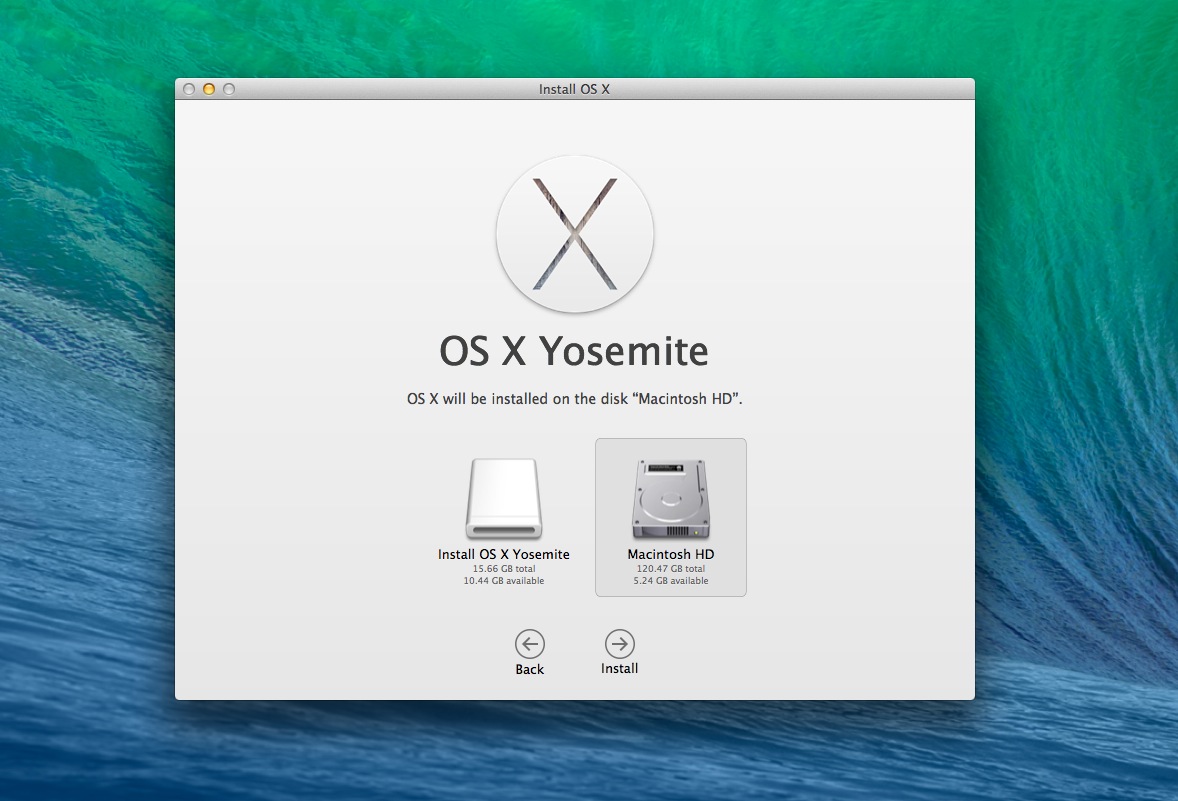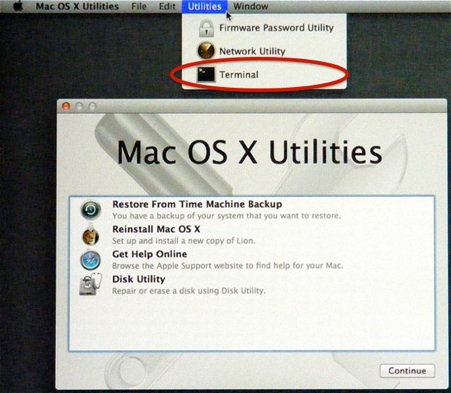

Once macOS is installed on the Mac with MDS, the recovery partition will be changed to match the version of macOS that was installed.Check our /r/AppleHelp FAQ and basic troubleshooting guide before posting. Note that the MDS resources and macOS can be installed on the same external volume. Then boot from that external volume and run the workflow. MDS makes it easy to create a bootable external volume by clicking the button in the upper right corner (“Create Bootable Volume”) and following the instructions. If the version of macOS is earlier than 10.10 (Macs released before 2014), you must boot from an external volume to run the workflow. If the version of the macOS is 10.10 or later, run the MDS workflow from Internet Recovery and it should install the correct macOS version specified in the workflow. The Apple support article How to reinstall macOS from macOS Recovery explains in detail how the key combinations work. This will boot the Mac into the macOS recovery that is closest to the one that came with your Mac.

To boot to an earlier version of macOS, hold the command-option-shift-R keys when booting up. If the Mac was purchased earlier than 2014, it may have a recovery partition than is earlier than 10.10 and requires booting to an external volume. However, MDS uses Imagr for running workflows, and it requires 10.10 or later to work. The macOS installer will run in earlier versions of the recovery partition as well as the same version as the installer, just not to a version the recovery partition that is newer than the installer. If the version of macOS that you are attempting to install is older than the version of the recovery, you will need to boot to an earlier version of macOS via internet recovery. The output will be something like this: ProductName: Mac OS X To check the version of the recovery partition, open Terminal in the recovery partition and enter this command: sw_vers Verify the Version of the Recovery Partition This article outlines the steps to determine the version of macOS of the recovery partition and how to resolve the issue. To resolve this issue, you need to boot to an earlier version of macOS either via Internet Recovery or by booting from an external volume.

This error can occur if a newer version of macOS had been installed previously on that Mac (for example, if macOS 10.14 “Mojave” was previously installed on the Mac, and macOS 10.13 “High Sierra” is failing to install). If an MDS workflow is run from the macOS recovery partition and the version of the recovery partition is newer than the version of the macOS that is attempted to be installed, the installation may fail with a “permission error” or related error.


 0 kommentar(er)
0 kommentar(er)
